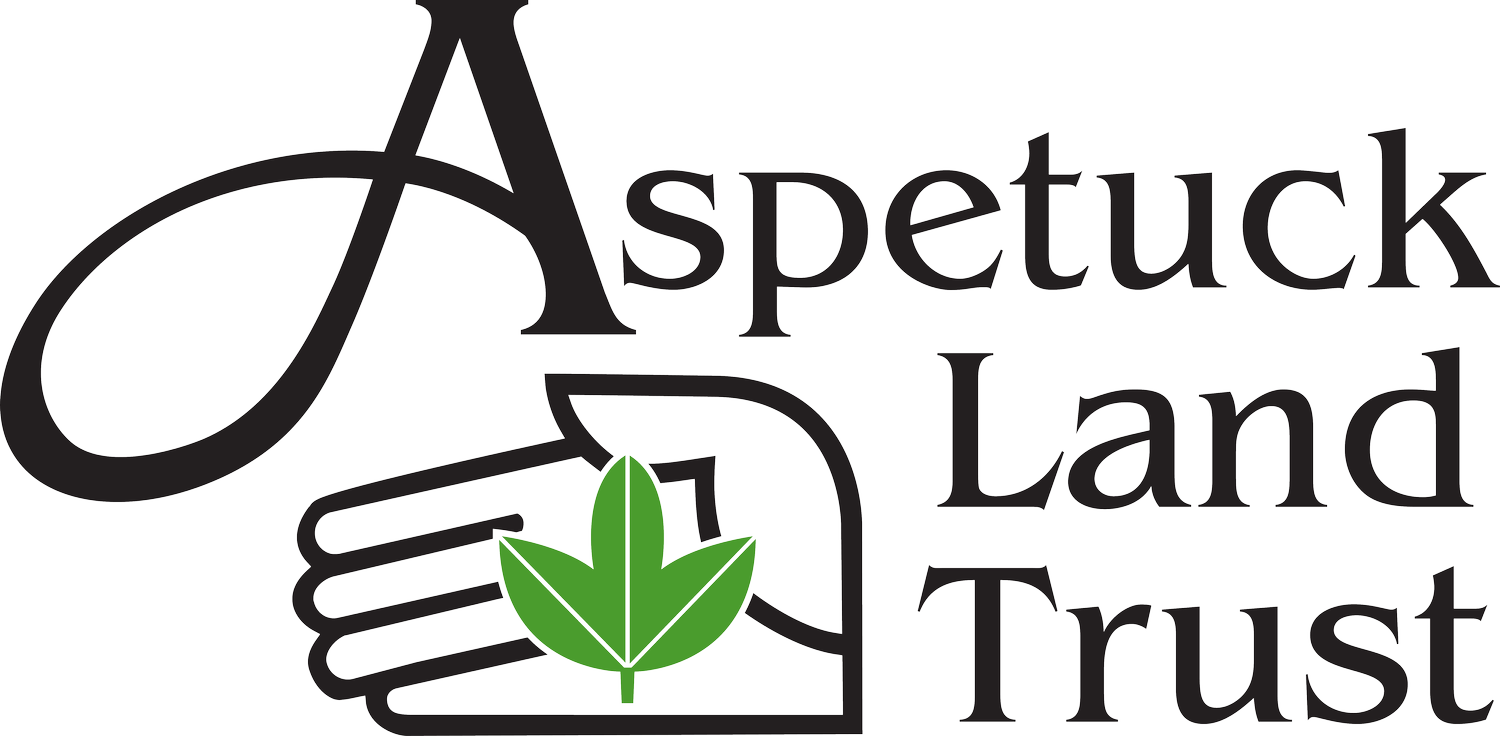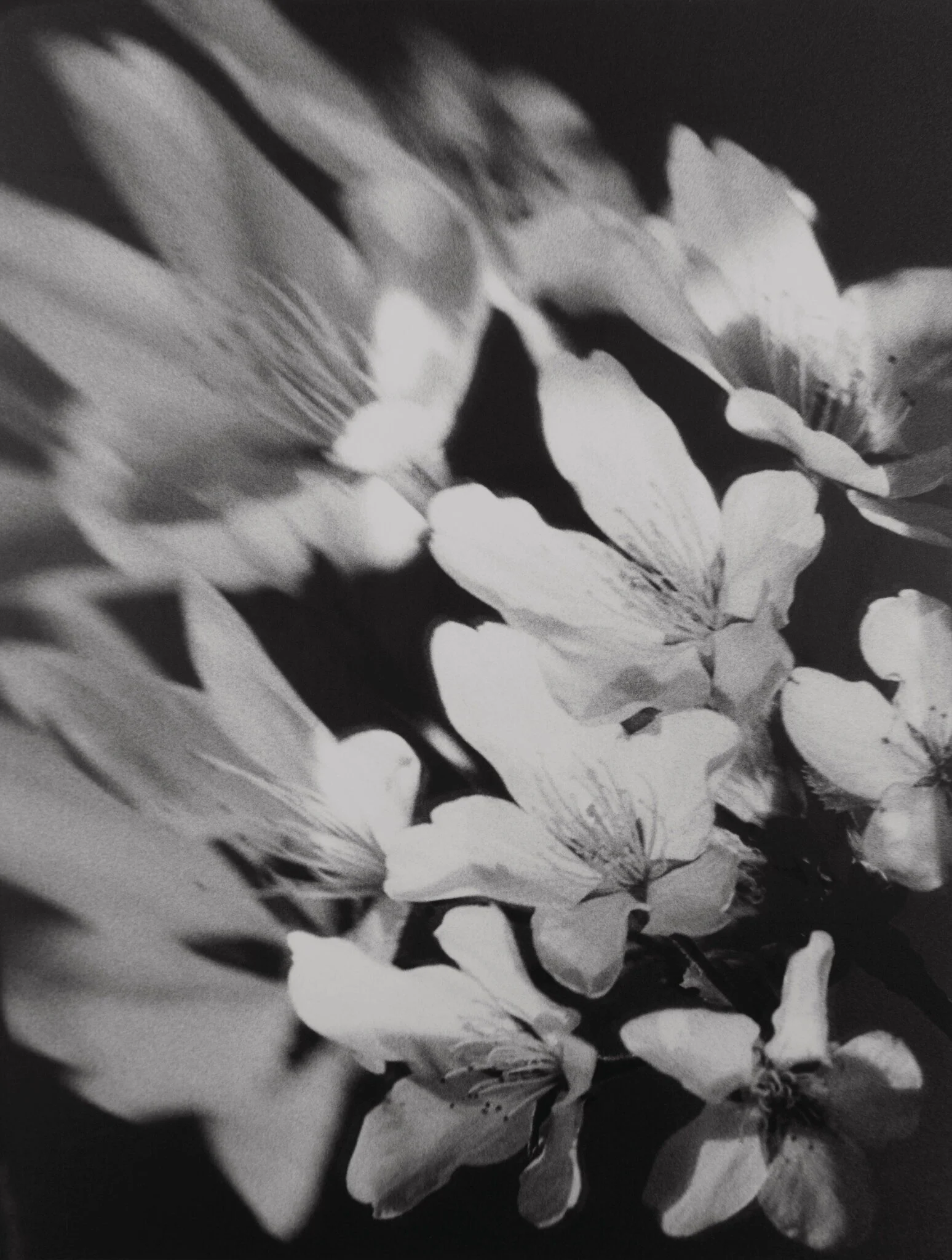When we think about wildlife corridors, we are most used to thinking about them at landscape scale—covering large migration routes or passing through the entirety of cities or built-up areas. But it can also be useful to think about wildlife corridors on a much smaller scale, in our own individual gardens.
Bird-Friendly Winter Gardens, The American Gardener
What You May Not Know About Those April Flowers
Be Still and Watch the Earth Awaken
And People Stayed Home: A note from Mary Ellen Lemay
The Green Corridor
Save the Plant One Yard At A Time!
Plant for the Climate
UN CLIMATE REPORT states “HOW WE USE OUR LAND” is having a huge impact on climate change and sustainable food availability. The problem seems to be “too big to fix” but the reality is humans have created this problem and accelerated it only in the last half century. We CAN turn this around starting this weekend, starting on our own land! Positive change BEGINS IN OUR OWN YARDS, especially with the way we treat OUR OWN LAND.
What can WE do to heal the land, change our own land us practices by:
1. Planting Native Plants, Shrubs and Trees
2. Rethinking our Lawns.
3. Avoiding Pesticides and Herbicides
The Aspetuck Green Corridor is an interconnected landscape of backyards and open space to safeguard wildlife, land, and water resources for FUTURE GENERATIONS.
Make YOUR LAND a Stepping Stone on the Green Corridor. Heal the land, heal the web of life by taking these 3 action steps
Plant for the Babies!!!
It is Spring nesting season! Look closely, the Song Sparrow in the is delivering 3 different varieties of caterpillars to feed its lucky babies!
Only native plants provide the caterpillars needed by 96% of bird species to feed their young.
Chickadee babies, for example, need between 6-9,000 caterpillars before they take flight. Please plant native trees and shrubs that provide food for the babies.
The top native trees and shrubs that are hosts to caterpillars are HERE.
Only 5% of the plants make up 75% of the food sources, so make sure you have some of these in your backyard.
Many of our more manicured and pesticide laden yards are virtual deserts to our native wildlife and pollinators. The food web becomes broken and life can’t survive.
Read this article about Feeding the Babies and keep November 7 on your calendar for the Aspetuck Land Trust Haskins Lecture by Dr. Doug Tallamy.
Remember, what you do in your backyard has a big impact; 1. Don’t use pesticides, 2. rethink your lawn, and 3. plant native plants.
Plant for the Queens
Underneath the frozen ground all winter slept the Queen Bumble Bee one of our most important native pollinators.
As with all hibernating creatures, these little fuzz balls emerge in the spring with a ravaging hunger that can only be satisfied by our most beautiful early flowering shrubs.
Rhododendron, Dogwood, American Pussy Willow, Lowbush Blueberry, Black Cherry, American Holly, Winterberry, to name a few, are all early season flowering plants that provide pollen for our important pollinators. Our partner Joe Gloria at Gilberties Nursery in Westport created this beautiful early pollinator planter, just bursting with flowering shrubs and perennials.
April is a great time to start adding native plants to your garden. Once the Queens Bees are fed, they can begin to nest and produce the worker bees that will emerge for your summer garden flowering natives. Feed them with native plants, don’t poison them (or your family) with pesticides!
You can find information on all season flowering native plants for pollinators by following this link to
Native Pollinators.
Remember your yard is a stepping stone on the Green Corridor, more native plants, no pesticides, and an organic lawn will make your home a favorite stop on the Corridor.









